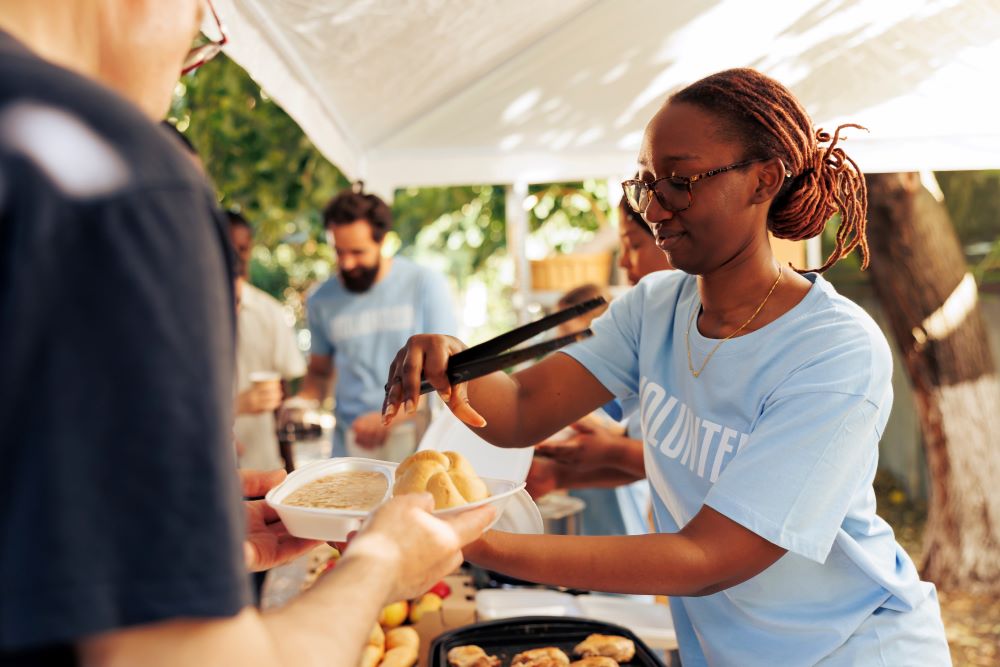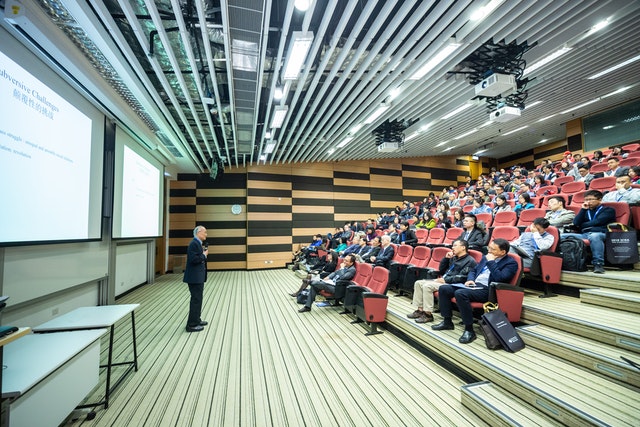The Power of Giving: How Charitable Donations Make a Difference?
Nonprofit organizations such as Brother’s Brother Foundation depend on community generosity to deliver vital services for people and causes in need. From international relief groups assisting disaster survivors to youth development programs cultivating tomorrow’s leaders, charitable donations fuel various missions daily. Yet philanthropy means more than monetary contributions alone.
Table of Contents
Enabling Services Through Financial Support
At the most fundamental level, donations provide nonprofits operating revenue that address immediate needs unmet within current systems. Reduced public funding for social safety nets means organizations now fill ever-growing gaps – supplying meals for hungry children, healthcare for the uninsured, shelters assisting homeless populations, etc. For most nonprofits, expanding direct services requires more philanthropic support.
To that end, donations keep soup kitchen ovens baking, treatment beds open and case managers guiding vulnerable clients. Generous financial-giving quite literally ensures the electricity stays on so facilities can function, skilled talent gets retained, and community programs stay accessible year after year. From global groups to local youth centers, thousands of essential organizations rely predominantly on charitable contributions from compassionate donors simply to maintain programs helping struggling populations survive.
Maintaining Long-Term Viability Through Endowments
Major donors also perpetuate nonprofits beyond year-to-year volatility through capital campaigns funding endowments. Endowment investments generate consistent interest income for budget relief protecting operations from downturns. Groups like universities and museums commonly employ such evergreen reserves. But lean social service groups equally require rainy day assurance given thin margins separating community crisis relief from shutdowns.
So generous major donors establish organizational resilience through sizable gifts financing endowment foundations. Planned giving vehicles like donor-advised funds or legacy circles allows even ordinary givers to establish reliable long-term resources benefiting causes they care about beyond their lifetimes. Such visionary sustainability planning via philanthropy literally keeps nonprofits alive.
Incubating Innovation Through Venture Philanthropy
Visionary donors also nurture experimental solutions tackling entrenched social problems through venture philanthropy. Unlike traditional gifts funding existing programs, venture approaches proactively invest in emerging models and bold ideas from unconventional nonprofits pushing boundaries.
Instigating breakthrough solutions requires risk tolerance and patient capital from funders focused on transformation rather than short-term metrics. Hence, innovations solving previously intractable community challenges depend upon charitable donors willing to fund tentative experiments rather than just proven interventions.
Spotlighting Overlooked Issues via Strategic Initiatives
Additionally, donors amplify specific issues through high-profile campaigns integrating public engagement with policymaker advocacy. Bankrolling multi-channel awareness initiatives focuses a spotlight on challenges that are historically overlooked and lacking prominent champions.
Consider Melinda Gates’ Moment of Lift campaign promoting global women’s empowerment by funding multimedia storytelling coupled with legislation lobbying reinforcing gender equity across health, finance, and education realms. Or Laurene Powell Jobs’ Emerson Collective mobilizing prominent journalism, community programs and political lobbying simultaneously to drive immigration reforms.
Such high-impact initiatives couple charitable donations advancing organizational expansion with movement building momentum on priority causes that donors feel passionately about elevating into wider public consciousness through coordinated advocacy blitzes spanning multimedia formats.
The Ripple Effect of Volunteers
Finally, donated time creates meaningful human connections benefiting both volunteers and communities served. Whether reading with children struggling in school, serving food at homeless shelters, building homes alongside families recovering from disasters or providing job search assistance, hands-on engagement builds powerful bonds while creating change.
Conclusion
These interpersonal links help volunteers view social issues through real people and moving stories instead of just statistics. Such exposure builds empathy and fuels their continued commitment to causes. And beneficiaries feel dignity interacting with compassionate supporters dedicated to walking alongside them.
In the end, donating one’s heart means as much as signing one’s name on a check. The right charitable gift given selflessly can make all the difference, changing a life, as well as changing the world.






